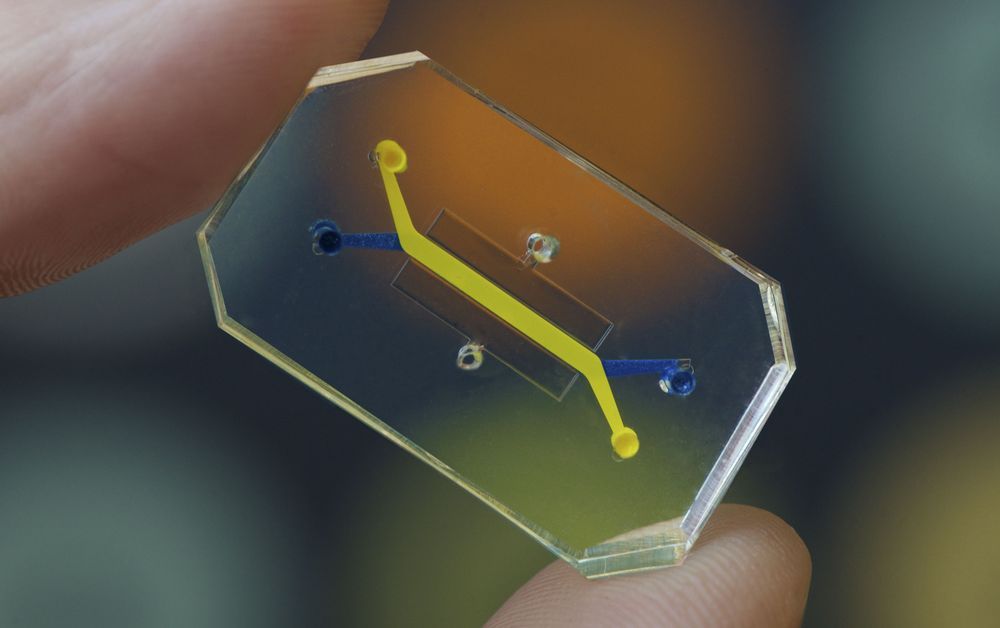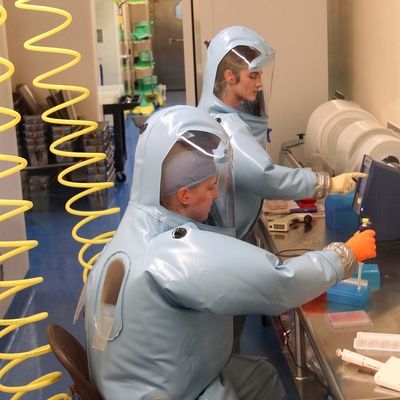I interviewed transhumanist thinker Anders Sandberg, research fellow at Oxford Universities Future of Humanity Institute. We discuss how the global transhumanist movement has changed, the potential political impact of technological revolutions and the debate around cryonics. Fairly new channel so very grateful for any subscribers smile
My interview with Anders Sandberg, a prominent transhumanist thinker and research fellow at the Future of Humanity Institute at Oxford University.
We discuss how the transhumanist movement has changed, how it should engage in politics, whether pre-natural death cryogenics should be allowed and how long humans could live for amongst other things. Hope you enjoy!







